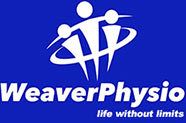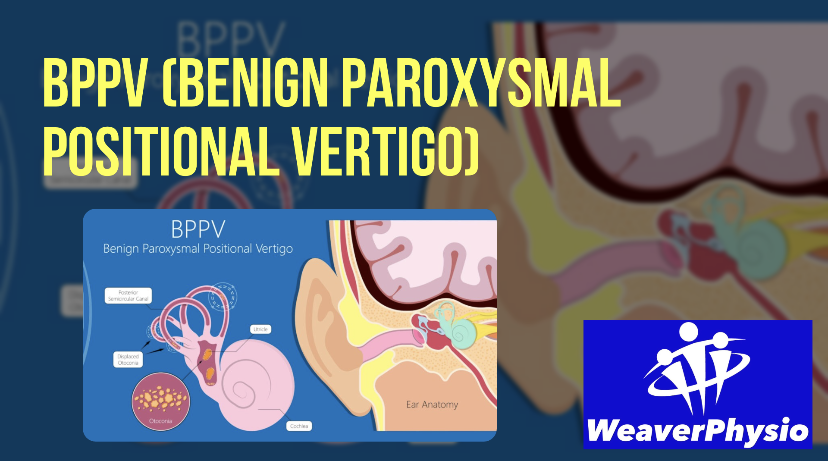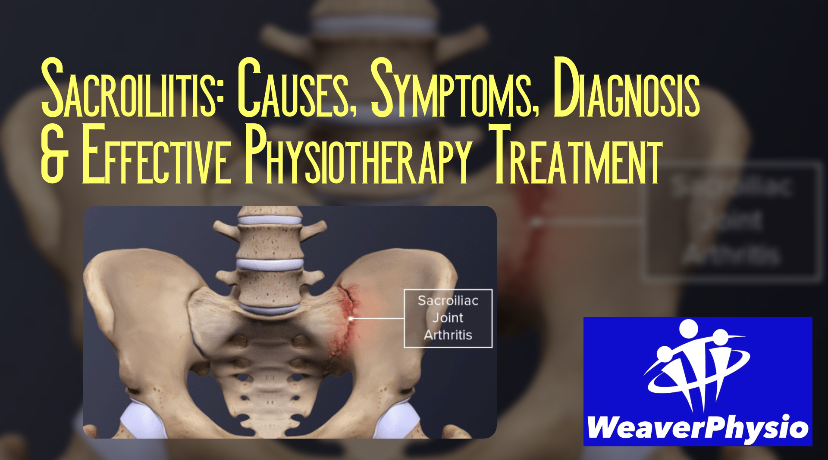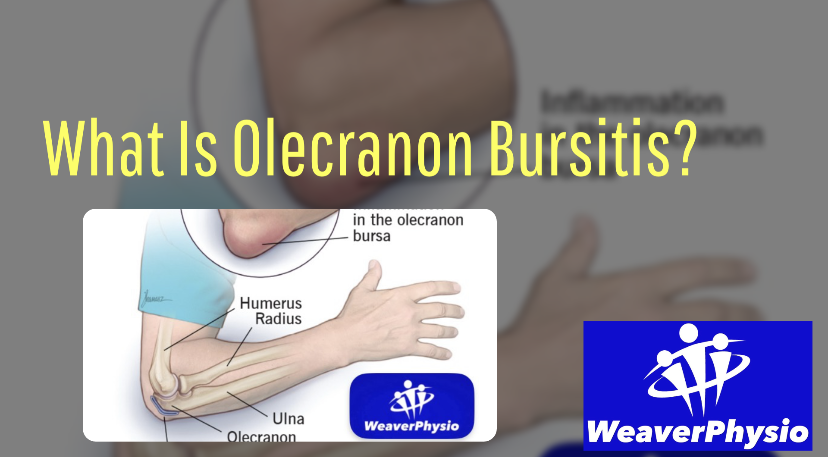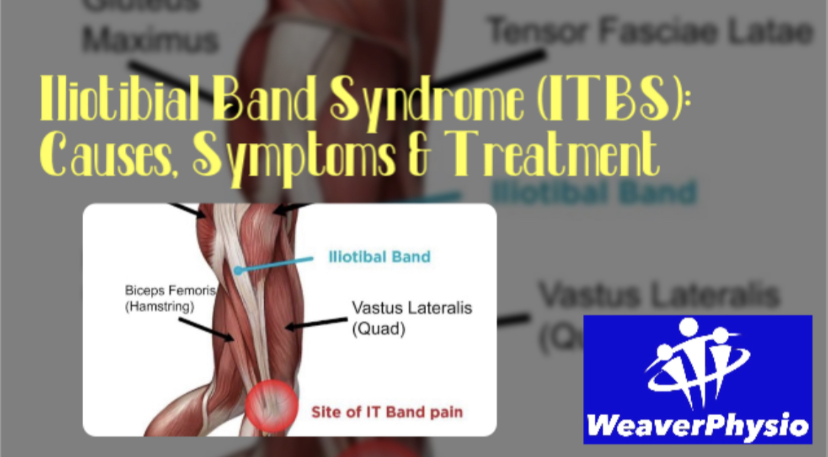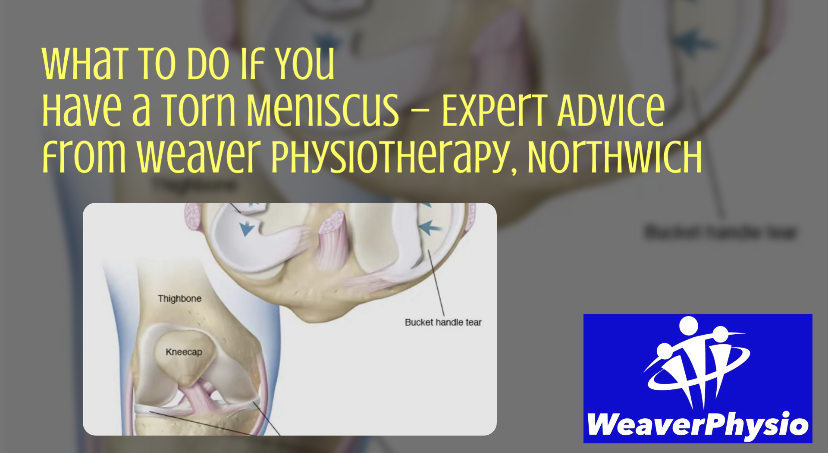Runners Knee explained
Symptoms, Treatment & Prevention in Cheshire
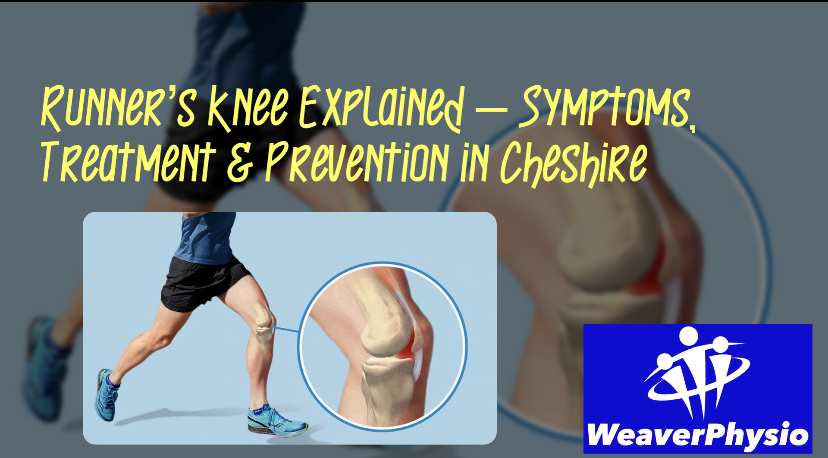
Introduction
Knee pain is one of the most common issues we treat at Weaver Physiotherapy & Sports Injury Clinic in Northwich, Cheshire. Among runners, one condition stands out — Runner’s Knee, also known as Patellofemoral Pain Syndrome (PFPS).
This frustrating injury can stop you in your tracks, whether you’re training for a marathon, enjoying a weekend run around Cheshire, or simply trying to stay active. The good news? With the right assessment, treatment, and prevention strategies, Runner’s Knee can be managed effectively — helping you return to running stronger and pain-free.
In this guide, our Cheshire Running Injury Specialists explain what Runner’s Knee is, its symptoms, causes, treatment options, and how to prevent it.
What Is Runner’s Knee?
Despite the name, Runner’s Knee isn’t limited to runners — it can affect anyone who places repeated stress on the knee joint.
Runner’s Knee describes pain felt around or behind the kneecap (patella), typically caused by poor movement mechanics, muscle imbalances, or overuse. It’s particularly common among:
• Runners and endurance athletes
• Footballers, cyclists, and gym-goers
• People who spend long hours kneeling, squatting, or climbing stairs
Symptoms of Runner’s Knee
Typical signs include:
• Pain at the front of the knee (around or behind the kneecap)
• Worse pain during running, squatting, or climbing stairs
• Clicking, grinding, or popping sounds in the knee joint
• Stiffness after sitting for long periods (“theatre sign”)
• Tenderness around the kneecap when pressed
If ignored, the condition can worsen — turning from an annoying ache into a chronic problem that stops you running altogether.
What Causes Runner’s Knee?
At Weaver Physio, we see several common contributing factors:
1. Overuse & Training Errors
• Sudden increase in mileage or intensity
• Hill running or downhill routes
• Lack of rest between sessions
2. Muscle Weakness or Imbalance
• Weak glutes and hip muscles
• Tight hamstrings or quadriceps
• Poor core stability affecting knee alignment
3. Poor Running Mechanics
• Overpronation (rolling in of the feet)
• Knees collapsing inward during movement
• Poor footwear or worn-out running shoes
4. Structural & Anatomical Factors
• High or low arches
• Leg length differences
• Previous knee injuries
How Physiotherapy Treats Runner’s Knee
At Weaver Physiotherapy & Sports Injury Clinic in Northwich, we specialise in running injuries and use advanced assessments, including Video Gait Analysis, to identify the root cause of Runner’s Knee.
Our Approach Includes:
✔️ Comprehensive Assessment
We don’t just treat the knee — we assess hip, ankle, and running form to understand why pain developed.
✔️ Hands-On Physiotherapy
Manual therapy, joint mobilisations, and soft tissue release help reduce pain and restore mobility.
✔️ Exercise Rehabilitation
Strengthening the glutes, quads, hamstrings, and core restores balance and stability.
✔️ Video Gait Analysis (Runner’s MOT)
By analysing your running stride, we detect movement inefficiencies and provide tailored correction strategies.
✔️ Sports Massage & Acupuncture
To release tight muscles, reduce inflammation, and speed up recovery.
✔️ Shockwave Therapy (if required)
For persistent tendon-related knee pain that doesn’t respond to standard rehab.
Recovery Timeline
• Mild cases: 2–4 weeks with rest, physio, and rehab exercises
• Moderate cases: 6–8 weeks of structured treatment and load management
• Chronic cases: 3+ months, particularly if underlying biomechanical issues need correcting
The earlier you seek treatment, the faster you’ll return to running.
Preventing Runner’s Knee
At Weaver Physio, we believe prevention is better than cure. Here are our top tips:
1. Strength Training
• Focus on glutes, quads, hamstrings, and calves
• Incorporate squats, lunges, bridges, and single-leg balance work
2. Improve Running Form
• Book a Runner’s MOT with Video Gait Analysis
• Correct overstriding or knee collapse issues early
3. Gradual Training Progression
• Follow the 10% rule: increase mileage or intensity by no more than 10% per week
• Mix in low-impact sessions (cycling, swimming, gym work)
4. Stretching & Mobility
• Stretch hamstrings, hip flexors, and calves regularly
• Use foam rolling to release tight muscles
5. Invest in Good Footwear
• Replace worn-out running shoes
• Consider gait-specific trainers or orthotics if recommended
Why Choose Weaver Physio in Cheshire for Runner’s Knee?
• 🏃 Cheshire’s Running Injury Specialists — experts in running injuries and performance
• 🎥 Video Gait Analysis — advanced assessment of your stride and biomechanics
• 🏆 70+ years of combined experience treating sports injuries
• 💪 Tailored Rehab Plans — built around your running goals
• 🌍 Serving Northwich, Knutsford, Winsford, Middlewich, Tarporley, Frodsham & across Cheshire
• ✅ Trusted by runners of all levels — from beginners to marathon athletes
Final Thoughts
Runner’s Knee can be frustrating, but it doesn’t have to stop you running. With the right diagnosis, treatment, and prevention plan, most runners make a full recovery and return to training stronger than before.
At Weaver Physiotherapy & Sports Injury Clinic in Northwich, we’ll get to the root cause of your knee pain, provide hands-on treatment, and design a personalised rehab programme to keep you moving pain-free.
📍 Ready to recover? Call 01606 227484 or book online at http://www.weaverphysio.com.
Life Without Pills. Run Without Limits.

